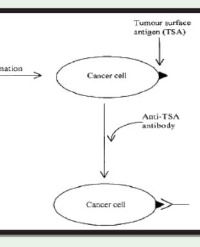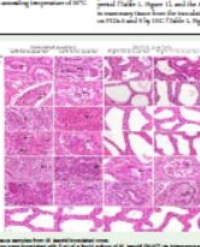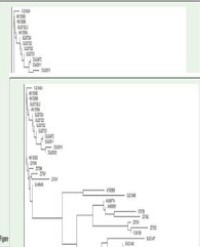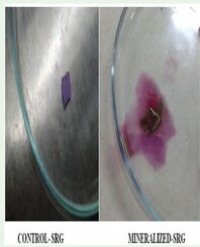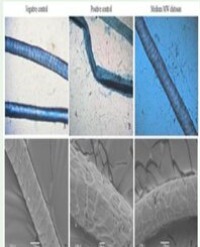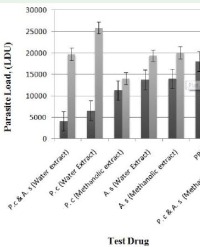
Efficacy of a Combination of Plumbago Capensis and Aloe Secundiflora Aqueous and Methanolic Plant Extracts in the Treatment of Leishmania Major in Balb\C Mice
Background & Objectives: Monotherapy and combination therapy studies were to determine antileishmanial activities of the methanolic and water leaf extracts from Aloe secundiflora and Plumbago capensis.
Methods: The plants were analyzed by determining the Minimum Inhibition Concentration (MIC), Nitric Oxide (NO) production stimulation, Infection Rates (IR) and Multiplication Index (MI). Cytotoxicity of these plant extracts was also assessed.
Results: The MIC levels of water and methanolic plant extracts, amphotericin B and Pentostam were 2000μg/ml, 1000μg/ml, 125μg/ml and 250μg/ml respectively against Leishmania major promastigotes. Study revealed that water and methanolic plant extracts significantly inhibited the growth of Leishmania parasites (P≤0.05) as compared to amphotericin B with respect to the parasite infection rates and MIC levels. The IC50 for the water and methanolic plant extracts was 279.488μg/ml and 42.824μg/ml respectively. A similar extraction procedure was done for P.capensis. When administered orally, a combination of P.capensis and A.secundiflora proved to be more effective than that of the methanolic extract with LDU units of 4,800 and 15,300 respectively. Water extracts of P.capensis when used alone gave LDU of 5,200 units, methanolic extract gave 11,000 units. Aloe secundiflora water and methanolic extracts gave the same LDU of 10,700. Methanolic extract combinations of the two plants were the least effective, yielding the highest LDU of 21,000 units.
Interpretation & Conclusion: The results suggest that a combination oral therapy of extracts of the two plants and monotherapy using P.capensis can be effective methods of partially treating leishmaniasis.
Paul K Ndungu1, Johnstone M Ingonga1, Michael Gicheru2 and Christopher O
Anjili1

